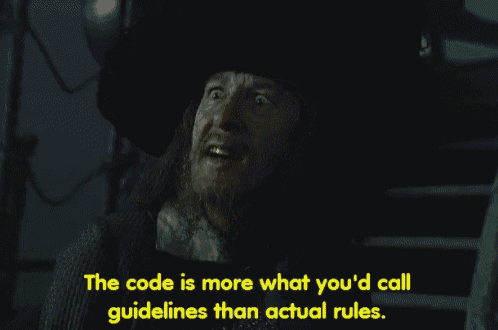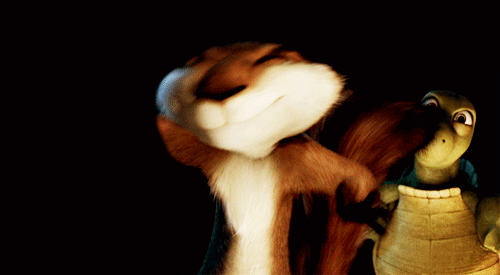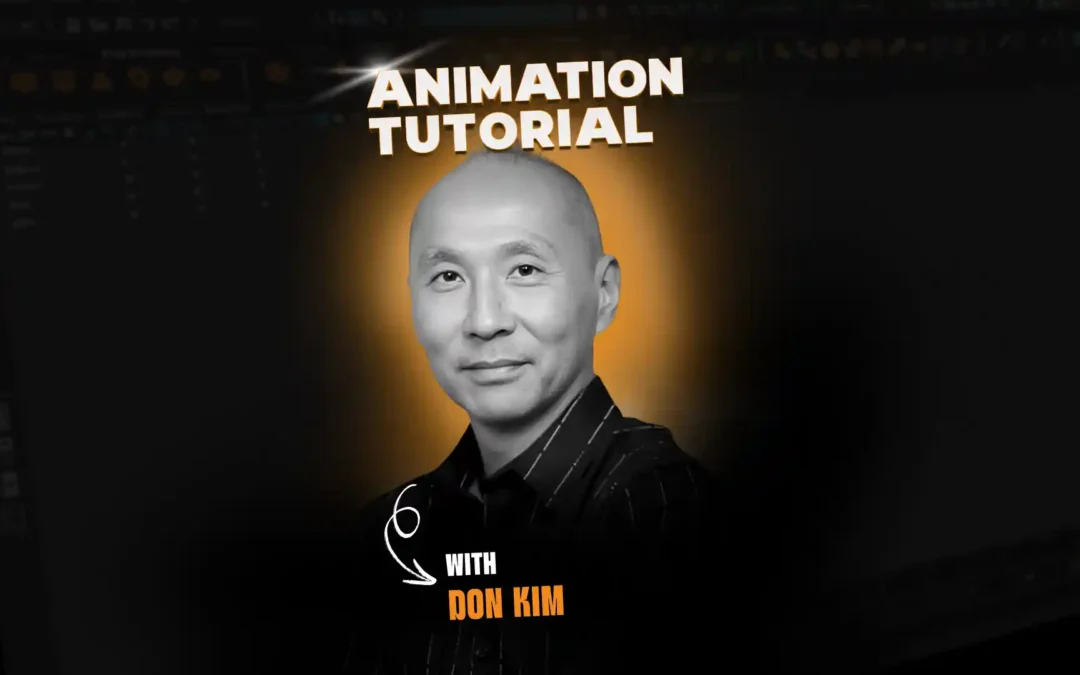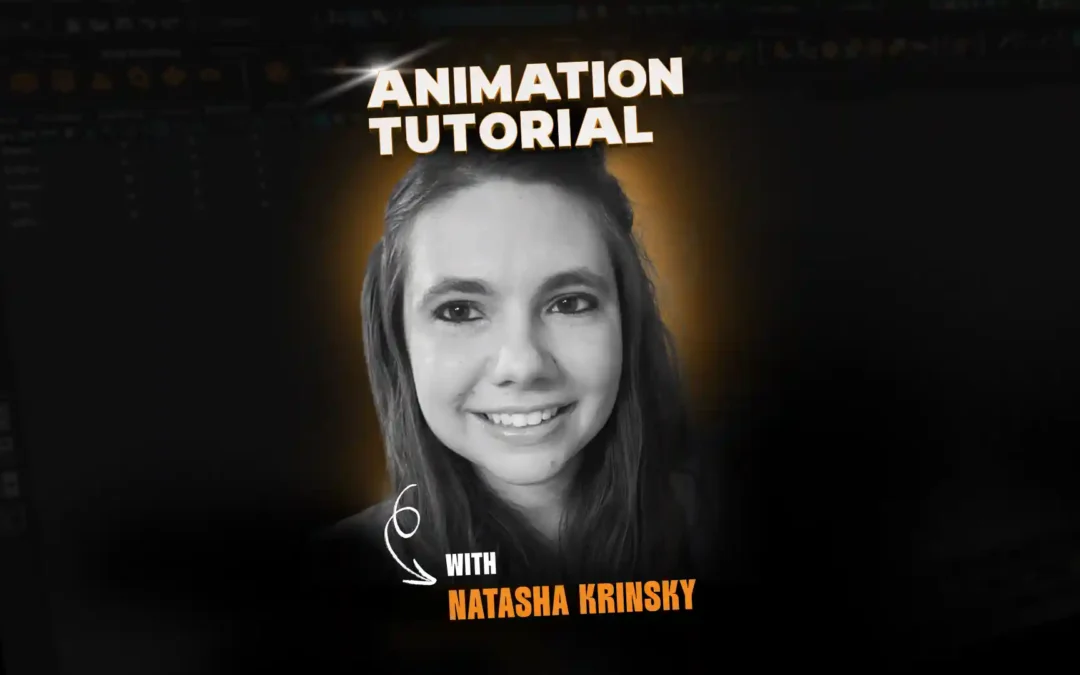1. The Disney ‘Double Blink’
Pinocchio, Walt Disney Animation Studios
2. The Pixar ‘Offset Blink’
I’m not entirely sure how this started, but when I first saw Buzz do it way back in Toy Story, I bought it as it gave me a window into his slightly delusional state of mind. But when I see this action now, it makes me think someone saw that film and made a choice based on that. Essentially, making a copy of a copy.Toy Story, Pixar Animation Studios
Madgascar, DreamWorks Animation
3. Don Bluth Jaw Arc
The animators who worked with Don Bluth on his early films loved arcs—don’t we all! But many of the animators started adding arcs to the jaw of a character during normal dialogue. This sounds like a good idea, but whenever I see this action now, it bumps me out of the shot. “Woops, there’s another Bluth jaw arc!”The Secret of NIMH, Don Bluth Productions
Peter Pan, Walt Disney Animation Studios
When you make a copy of a copy of a copy, its impact degrades. Try to remember what your body can actually achieve and stylize and crystallize from there.There are a couple of other things that come to my mind when I think of ‘animation cliches’. The first is related to an animator’s ‘bag of tricks’. When you are starting out, you learn certain rules (or as Barbossa would say, ‘more what you’d call guidelines than actual rules’) of motion.

Captain Barbossa in Pirates of the Caribbean
4. Head Turn & Dip
For example, when you animate a head turn, you often add a slight dip in the middle to create a nice arc so the action feels organic rather than a straight linear transition, which can often feel mechanical. After you’ve done this a few times it becomes a nice little formula you drop into your ‘bag of tricks’. Then when you need to turn a character’s head, BAM, you got that down. However, when you use this action all the time it can become something of a cliché. Remember to vary your timing based on the characters’ size/weight and emotional state. Taking 4 or 6 extra frames to turn the head can make a huge difference in keeping the action character-specific. If I use two characters from Over the Hedge as examples, it could take 2-4 frames for Hammy the squirrel (very light and extremely high energy) to do a head turn. On the other hand, Verne the turtle (much heavier and weighted down by worry) might take 10-12 frames to turn his head. This kind of variety works wonders in keeping your characters specific.
Hammy and Verne from Over the Hedge, DreamWorks Animation
5. Arm & Hand Poses
Another potential cliché trap can be reusing similar arm and hand poses. When you are looking for arm gestures to support your dialogue, it’s easy to default to the ‘W Pose’. That is elbows slightly out from the torso, lower arms bent up and rotated out with the hands open facing up. This creates a W shape across the arms and chest. This was a key character pose on pretty much all the old Hanna-Barbera 2D character model sheets (The Smurfs, Scooby Doo, The Jetsons, The Flintstones, Tom & Jerry, etc.). This gesture certainly happens in real life (watch Jerry Seinfeld in action for examples of this) but if you use it too much it can become a cliché.
Jerry Seinfeld’s classic gesture, via his Twitter
How to Avoid the Cliché
Most of these types of potentially clichéd choices can be avoided by asking a simple question: Am I making this choice because that’s what the character I’m animating would do, or is it because that’s what I, the animator, know how to do. We often shoot video reference of ourselves acting out a variety of versions of a performance, exploring what’s possible away from the computer. This can often lead to discovering small, unconscious actions that we can layer into the animation to help make it more specific.We often shoot video reference of ourselves acting out a variety of versions of a performance, exploring what’s possible away from the computer. This can often lead to discovering small, unconscious actions that we can layer into the animation to help make it more specific.Remembering to try to be the character you are about to animate rather than ‘you’ the animator is key to this process. This is a huge challenge. We are often tasked with animating characters that are very different in physicality and/or temperament to ourselves, and often we animate multiple characters on a project or even in a single shot. The more you can do that and stay character-specific in your creative choices as well as the mechanical execution of your shot, the less likely you will be to exhibit symptoms of animation cliché. Ready for more animation tips? Check out these related articles:
- Animation Career Advice with Shawn Kelly & Carlos Baena
- How to Become an Animator with Blue Sky Animators
- Q&A with Spider-Man: Into the Spider-Verse Animator Nick Kondo



